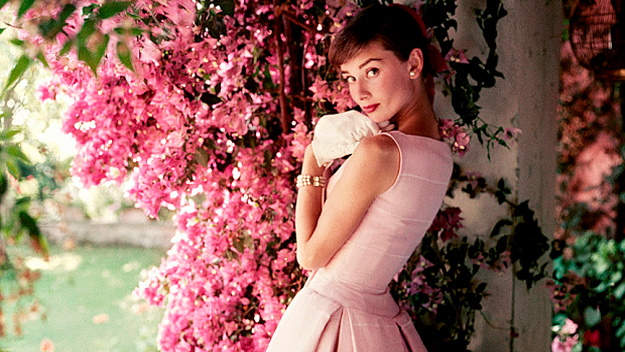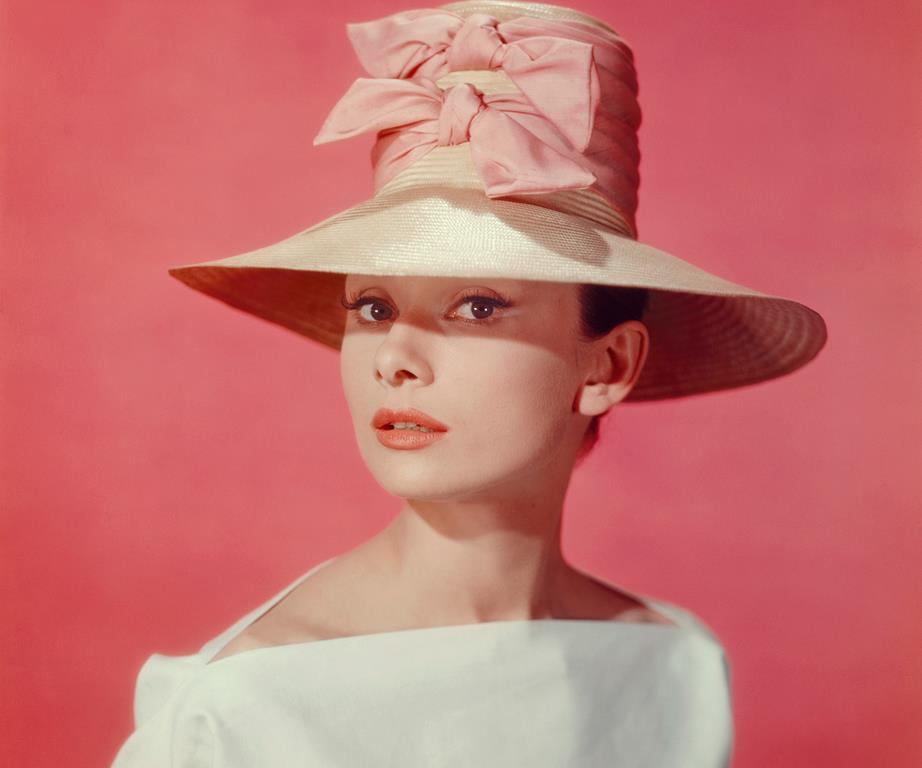On screen and in life, Audrey Hepburn was renowned for her innate elegance and poise. So it may come as no surprise to learn she was the daughter of a Dutch noblewoman, Ella van Heemstra. Or that her oil executive father, Joseph Hepburn-Ruston, mistakenly believed he was descended from James Hepburn, the third husband of Mary, Queen of Scots.
Certainly, Audrey’s early years were privileged – she travelled widely, learnt to speak five languages and attended a prestigious ballet school.
But, along with effortless grace, Audrey’s air of vulnerability stood out. And her parents’ divorce as Europe headed into WWII and subsequent life in a German-occupied Netherlands no doubt explain how the two came to co-exist.
Joseph was a Nazi sympathiser, so entrenched in the movement that he abruptly left the family in 1935, an event Audrey once declared “the most traumatic event of my life”, to move to London and become more deeply involved with British fascists. His departure, teamed with the German invasion, plunged the family into poverty.

Audrey in her first musical film, Funny Face. (Image: Getty)
Young Audrey, so hungry it’s said she would dig up tulip bulbs to eat, witnessed the transportation of Jewish children to concentration camps.
She later recalled, “Had we known that we were going to be occupied for five years, we might have all shot ourselves. We thought it might be over next week… six months… next year… that’s how we got through.”
So she turned to her passion, dance. During the occupation, Audrey gave performances to raise money for the Dutch resistance and, after the war, was offered a ballet scholarship in London.
But the malnutrition of those years had weakened her to the point where she could never become a prima ballerina. Instead, she concentrated on acting and modelling. Her big break came when playing a bit part in a film being shot in Monte Carlo, where she was spotted by French novelist Colette, who cast her in the Broadway play, Gigi.
Roman Holiday, in 1953, was her first starring role and launched her into the celebrity stratosphere – it became a box-office smash and she swept the award pool for her work.
The producers had wanted Elizabeth Taylor, but director William Wyler insisted on Audrey, saying, “She had everything I was looking for: charm, innocence, and talent. She also was very funny. She was enchanting and we said, ‘That’s the girl!'”

Audrey won an Academy Award for Best Actress for the movie Roman Holiday in 1954, as well as a Golden Globe and a BAFTA for Best British Actress for the same role. (Image: Getty)

Audrey in Sabrina. (Image: Getty)
Not just a movie star, Audrey also became a fashion icon.
With her slim figure and simple attire – her black turtle-neck, black trousers and ballet flats – Audrey’s look was more attainable for women than that of other Hollywood stars. It was a style daringly new at a time when women still mostly wore skirts and high heels.
Audrey preferred casual clothes when she was out of the spotlight, and even her high-fashion outfits were defined by simplicity – the little black dress she wore in Breakfast at Tiffany’s endures across the decades.
Beginning her 40-year friendship with designer Hubert de Givenchy when he was an unknown 26-year-old, she explained he “gave me a look, a kind, a silhouette. He kept the spare style that I love. What is more beautiful than a simple sheath made an extraordinary way in a special fabric, and just two earrings?”
While many remember her for her glamour, Audrey’s passion in the years before her death in 1993 was humanitarian work.
The UNICEF ambassador summed up the importance of giving back by explaining, “I can’t stand suffering in any form, especially children. Apparently, I’m one of those few lucky people who can help a little bit.”
To read more about iconic women in history, pick up a copy of our special edition ‘ICONS’ magazine, on sale now.


